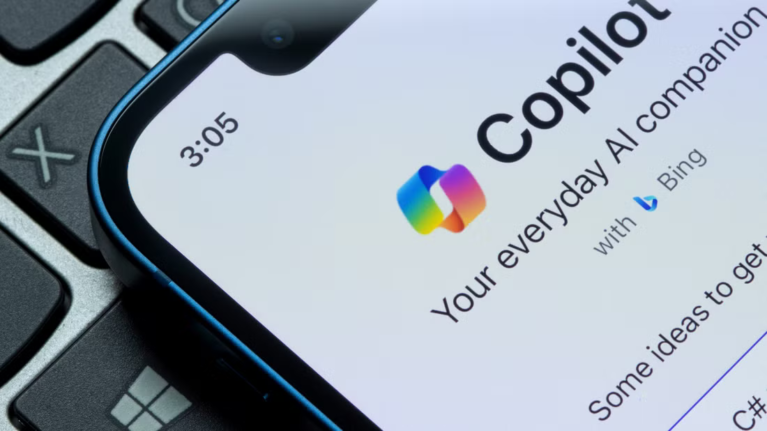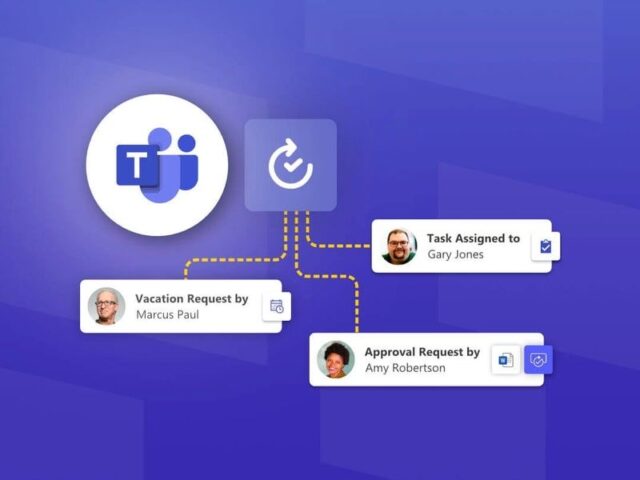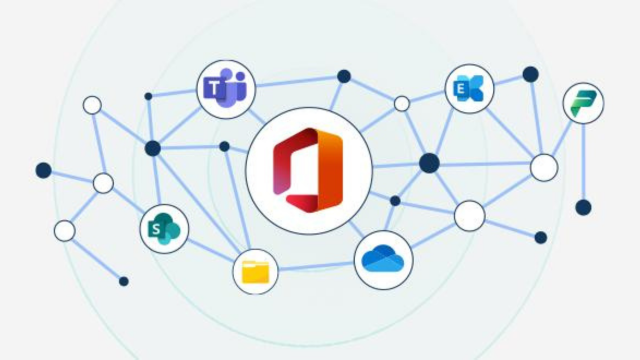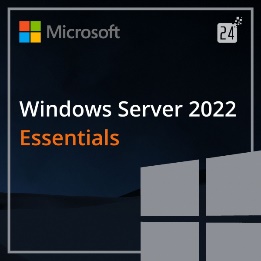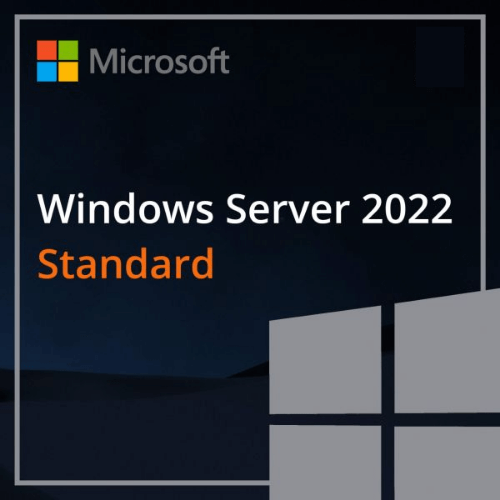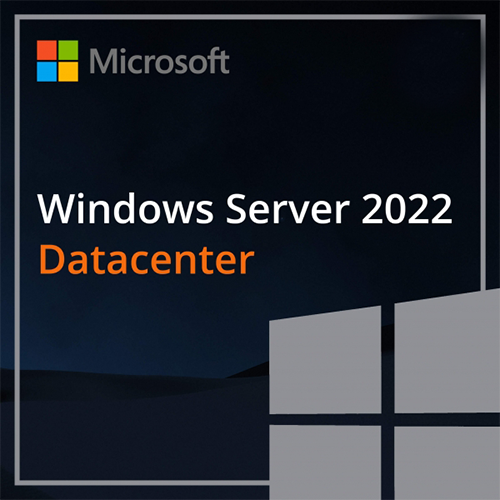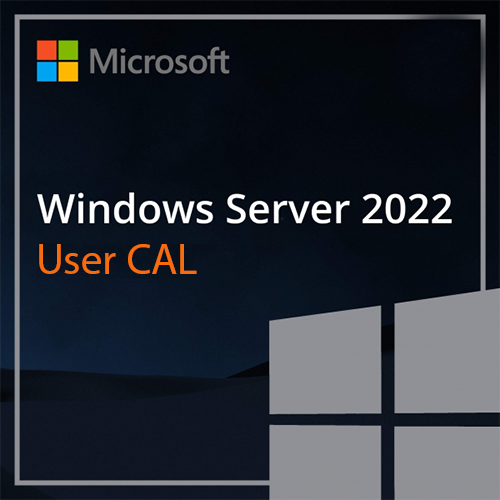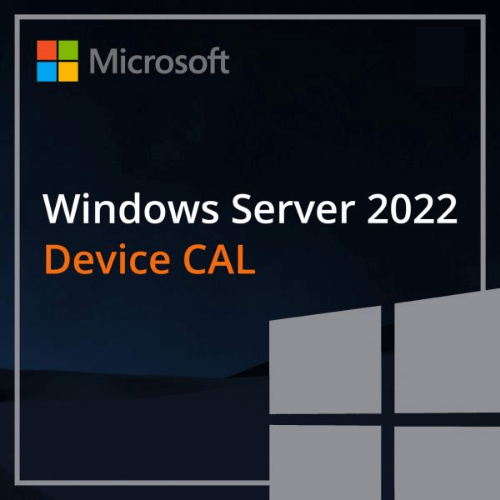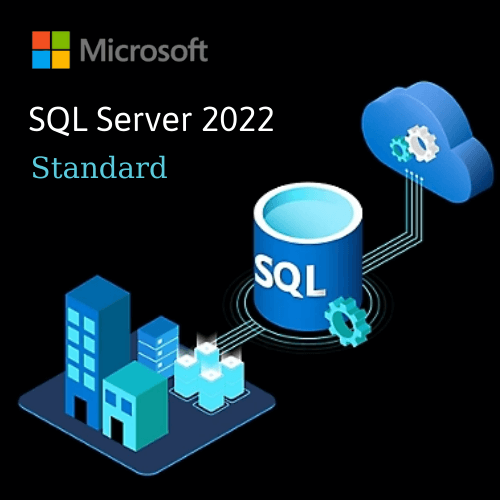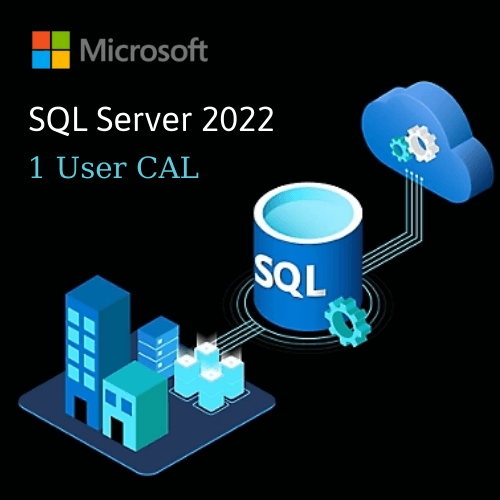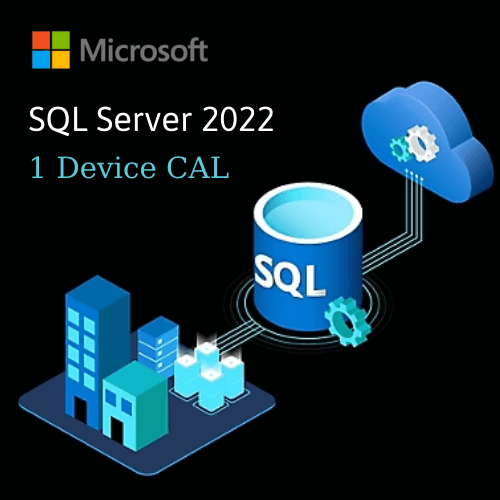In this article, Vietbay will introduce to you 5 ways to secure your identity and access Microsoft for 2024
- Empower your workforce with Microsoft Security Copilot.
- Enforce least privilege access everywhere, including AI apps.
- Get prepared for more sophisticated attacks.
- Unify access policies across identity, endpoint, and network security.
- Control identities and access for multicloud.

Priority 1: Empower your workforce with Microsoft Security Copilot
This year generative AI will become deeply infused into cybersecurity solutions and play a critical role in securing access. Identities, both human and machine, are multiplying at a faster rate than ever—as are identity-based attacks. Sifting through sign-in logs to investigate or remediate identity risks does not scale to the realities of cybersecurity talent shortages when there are more than 4,000 identity attacks per second. To stay ahead of malicious actors, identity professionals need all the help they can get. Here’s where Microsoft Security Copilot can make a big difference at your organization and help cut through today’s noisy security landscape. Generative AI can meaningfully augment the talent and ingenuity of your identity experts with automations that work at machine-speed and intelligence.
Based on the latest Work Trend Index, business leaders are empowering workers with AI to increase productivity and help employees with repetitive and low value tasks. Early adopters of Microsoft Security Copilot, our AI companion for cybersecurity teams, have seen a 44% increase in efficiency and 86% increase in quality of work. Identity teams can use natural language prompts in Copilot to reduce time spent on common tasks, such as troubleshooting sign-ins and minimizing gaps in identity lifecycle workflows. It can also strengthen and uplevel expertise in the team with more advanced capabilities like investigating users and sign-ins associated with security incidents while taking immediate corrective action.
To get the most out of your AI investments, identity teams will need to build a consistent habit of using their AI companions. Once your workforce becomes comfortable using these tools, it is time to start building a company prompt library that outlines the specific queries commonly used for various company tasks, projects, and business processes. This will equip all current and future workers with an index of shortcuts that they can use to be productive immediately.
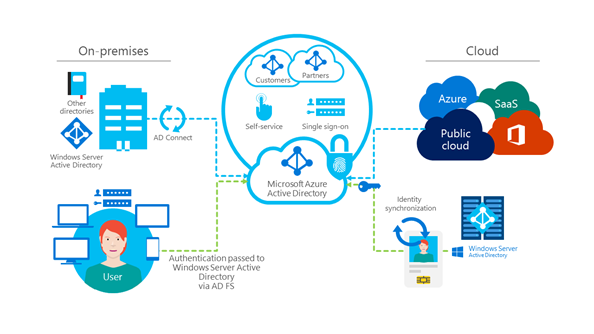
Priority 2: Enforce least privilege access everywhere, including AI apps
One of the most common questions we hear is how to secure access to AI apps — especially those in corporate (sanctioned) and third-party (unsanctioned) environments. Insider risks like data leakage or spoilage can lead to tainted large language models, confidential data being shared in apps that are not monitored, or the creation of rogue user accounts that are easily compromised. The consequences of excessively permissioned users are especially damaging within sanctioned AI apps where users who are incorrectly permissioned can quickly gain access to and manipulate company data that was never meant for them.
Ultimately, organizations must secure their AI applications with the same identity and access governance rules they apply to the rest of their corporate resources. This can be done with an identity governance solution, which lets you define and roll out granular access policies for all your users and company resources, including the generative AI apps your organization decides to adopt. As a result, only the right people will have the right level of access to the right resources. The access lifecycle can be automated at scale through controls like identity verification, entitlement management, lifecycle workflows, access requests, reviews, and expirations.
To enforce least privilege access, make sure that all sanctioned apps and services, including generative AI apps, are managed by your identity and access solution. Then, define or update your access policies with a tool like Microsoft Entra ID Governance that controls who, when, why, and how long users retain access to company resources. Use lifecycle workflows to automate user access policies so that any time a user’s status changes, they still maintain the correct level of access. Where applicable, extend custom governance rules and user experiences to any customer, vendor, contractor, or partner by integrating Microsoft Entra External ID, a customer identity and access management (CIAM) solution. For high-risk actions, require proof of identity in real-time using Microsoft Entra Verified ID. Microsoft Security Copilot also comes with built-in governance policies, tailored specifically for generative AI applications, to prevent misuse.
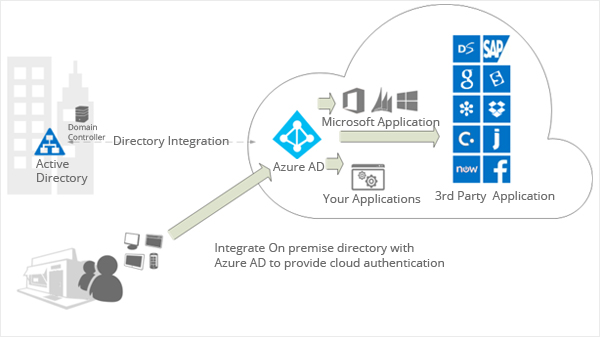
Priority 3: Get prepared for more sophisticated attacks
Not only are known attacks like password spray increasing in intensity, speed, and scale, but new attack techniques are being developed rapidly that pose a serious threat to unprepared teams. Multifactor authentication adds a layer of security, but cybercriminals can still find ways around it. More sophisticated attacks like token theft, cookie replay, and AI-powered phishing campaigns are also becoming more prevalent. Identity teams need to adapt to a new cyberthreat landscape where bad actors can automate the full lifecycle of a threat campaign—all without writing a single line of code.
To stay safe in today’s relentless identity threat landscape, we recommend taking a multi-layered approach. Start by implementing phishing-resistant multifactor authentication that is based on cryptography or biometrics such as Windows Hello, FIDO2 security keys, certificate-based authentication, and passkeys (both roaming and device-bound). These methods can help you combat more than 99% of identity attacks as well as advanced phishing and social engineering schemes.
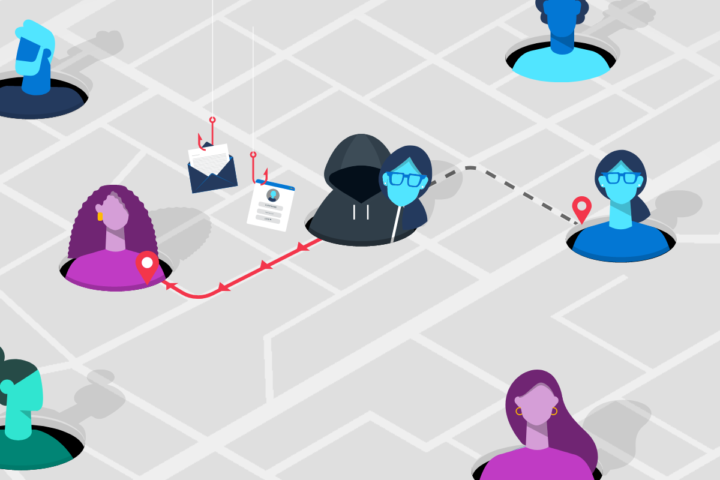
For sophisticated attacks like token theft and cookie replay, have in place a machine learning-powered identity protection tool and Secure Web Gateway (SWG) to detect a wide range of risk signals that flag unusual user behavior. Then use continuous access evaluation (CAE) with token protection features to respond to risk signals in real-time and block, challenge, limit, revoke, or allow user access. For new attacks like one-time password (OTP) bots that take advantage of multifactor authentication fatigue, educate employees about common social engineering tactics and use the Microsoft Authenticator app to suppress sign-in prompts when a multifactor authentication fatigue attack is detected. Finally, for high assurance scenarios, consider using verifiable credentials—digital identity claims from authoritative sources—to quickly verify an individual’s credentials and grant least privilege access with confidence.
Customize your policies in the Microsoft Entra admin center to mandate strong, phishing resistant authentication for any scenario, including step up authentication with Microsoft Entra Verified ID. Make sure to implement an identity protection tool like Microsoft Entra ID Protection, which now has token protection capabilities, to detect and flag risky user signals that your risk-based CAE engine can actively respond to. Lastly, secure all internet traffic, including all software as a service (SaaS) apps, with Microsoft Entra Internet Access, an identity-centric SWG that shields users against malicious internet traffic and unsafe content.
Priority 4: Unify access policies across identity, endpoint, and network security
In most organizations, the identity, endpoint, and network security functions are siloed, with teams using different technologies for managing access. This is problematic because it requires conditional access changes to be made in multiple places, increasing the chance of security holes, redundancies, and inconsistent access policies between teams. Identity, endpoint, and network tools need to be integrated under one policy engine, as neither category alone can protect all access points.
By adopting a Zero Trust security model that spans identity, endpoint, and network security, you can easily manage and enforce granular access policies in one place. This helps reduce operational complexity and can eliminate gaps in policy coverage. Plus, by enforcing universal conditional access policies from a single location, your policy engine can analyze a more diverse set of signals such as network, identity, endpoint, and application conditions before granting access to any resource—without making any code changes.
Microsoft’s Security Service Edge (SSE) solution is identity-aware and is delivering a unique innovation to the SSE category by bringing together identity, endpoint, and network security access policies. The solution includes Microsoft Entra Internet Access, an SWG for safeguarding SaaS apps and internet traffic, as well as Microsoft Entra Private Access, a Zero Trust Network Access (ZTNA) solution for securing access to all applications and resources. When you unify your network and identity access policies, it is easier to secure access and manage your organization’s conditional access lifecycle.
Priority 5: Control identities and access for multicloud
Today, as multicloud adoption increases, it is harder than ever to gain full visibility over which identities, human or machine, have access to what resources across your various clouds. Plus, with the massive increase in AI-driven workloads, the number of machine identities being used in multicloud environments is quickly rising, outnumbering human identities 10 to 1. Many of these identities are created with excessive permissions and little to no governance, with less than 5% of permissions granted actually used, suggesting that a vast majority of machine identities are not abiding by least privilege access principles. As a result, attackers have shifted their attention to apps, homing in on workload identities as a vulnerable new threat vector. Organizations need a unified control center for managing workload identities and permissions across all their clouds.
Securing access to your multicloud infrastructure across all identity types starts with selecting the methodology that makes sense for your organization. Zero Trust provides an excellent, customizable framework that applies just as well to workload identities as it does to human identities. You can effectively apply these principles with a cloud infrastructure entitlement management (CIEM) platform, which provides deep insights into the permissions granted across your multicloud, how they are used, and the ability to right size those permissions. Extending these controls to your machine identities will require a purpose-built tool for workload identities that uses strong credentials, conditional access policies, anomaly and risk signal monitoring, access reviews, and location restrictions.
Unifying and streamlining the management of your organization’s multicloud starts with diagnosing the health of your multicloud infrastructure with Microsoft Entra Permissions Management, which will help you discover, detect, right-size, and govern your organization’s multicloud identities. Then, using Microsoft Entra Workload ID, migrate your workload identities to managed identities where possible and apply strong Zero Trust principles and conditional access controls to them.
Source: Microsoft
Read more:
- Teamcenter and Microsoft Teams – driving industrial productivity with generative AI
- Enable the new Microsoft Teams for your organization today!
- Effective file management with the next generation of OneDrive app for Microsoft Teams
- What’s new in Microsoft Teams
- Microsoft Teams reaches 13 million daily active users, introduces 4 new ways for teams to work better together
Contact us for free and detailed advice:


